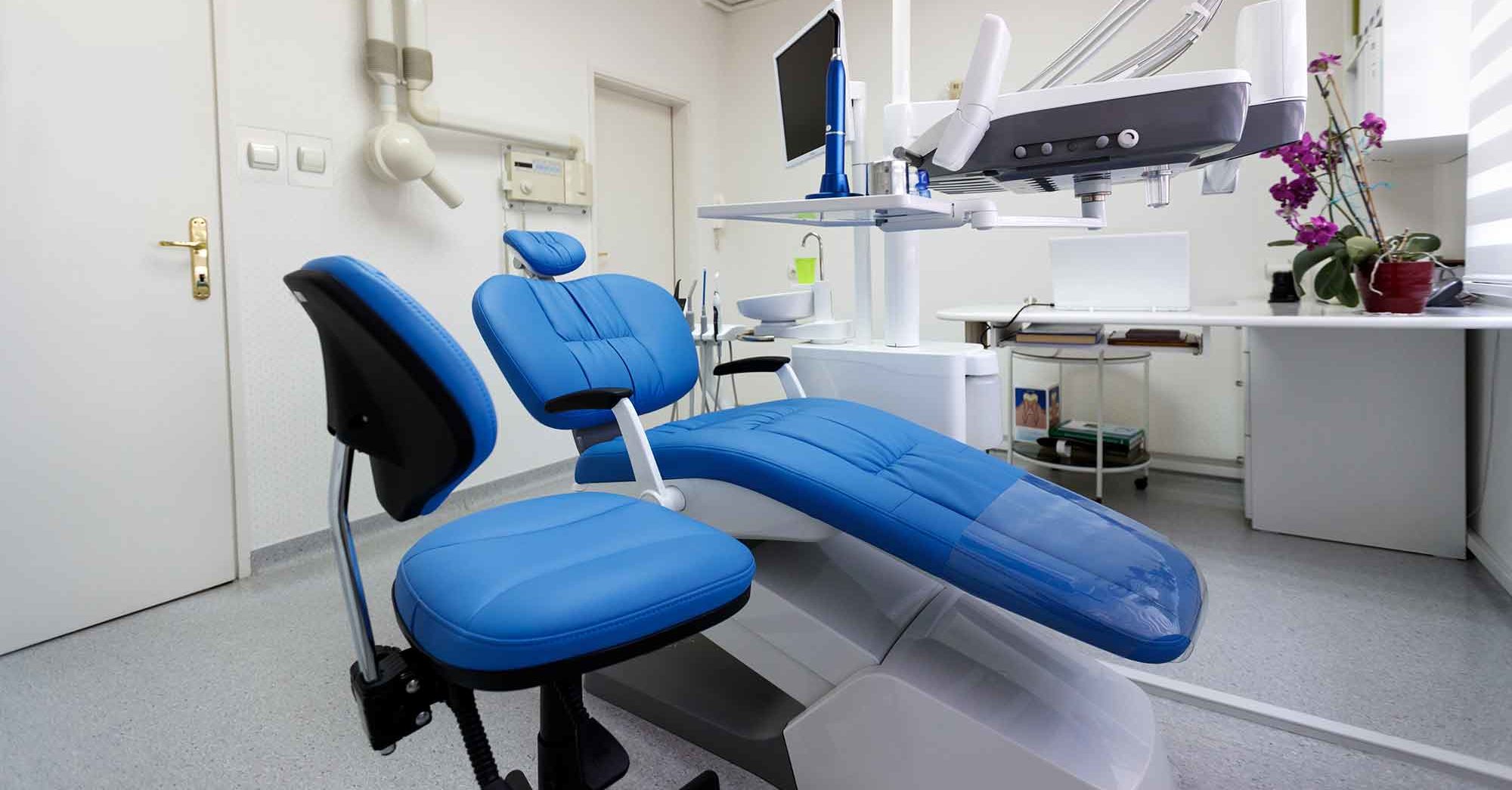 Christopher Lehr explores how long fallow periods between patients need to be, and what that means in practical terms.
Christopher Lehr explores how long fallow periods between patients need to be, and what that means in practical terms.
A significant change to day-to-day dental practice in the wake of COVID-19 is the need for fallow periods between patients.
The question many dentists are asking – is there a way to reduce the fallow period whilst keeping everyone in the practice safe?
Guidance at the time of writing states that you must have an hour fallow period between the last aerosol-generating procedure (AGP) and re-entering the room to clean for the next patient (reduced to 20 minutes if you have a negative pressure room).
The role of negative pressure
Put simply, a negative pressure space is when you remove more air from a room than is put in.
You can achieve a negative pressure room via two means:
- An extraction fan – which is the most economical solution in most cases. You must calculate the volume of your room and then invest in an extractor that will remove at least 12 times that volume in an hour (see the example below):
- Typical surgery size = 28m3
- Fan capacity = 450m3/hour
- Turnover of room air = 16 times per hour
- An air filtration unit – plus exhausting the air outside. This works in the same way as an extraction fan plus with the added bonus that you are exhausting filtered air. Ideal if the air is exhausting into a communal space.
The function of air filtration
A top quality HEPA filtration system could help reduce the fallow time; this is down to your own risk assessment. The right machine can also dramatically improve the air quality in your environment. You can easily prove this with an air quality particle scanner. Capturing just above the oral cavity, ie routing the aerosol, into the system is ideal.
While genuine HEPA products are explicitly certified, some cheaper air purifiers and filters are marketed as ‘HEPA-type’. Some manufacturers use the term ‘true HEPA’ to describe filters and purifiers, manufactured and tested to DOE or EN standards. Therefore the standard to look for on your system is EN 1822. Certified HEPA H13 filters remove 99.95% of airborne particles, while the HEPA H14 filter removes 99.9995% of airborne particles!
Then there are the optional filters, such as charcoal and UC-V.
A charcoal filter can remove unpleasant or lingering odours and can be a very important factor in a filtration system. But it does not remove airborne virus particles.
Ozone-free UV-C lamps deliver rays to destroy viruses, and bacteria, by disrupting their DNA. The air must pass extremely closely and/or slowly to the light for it to take effect. A purpose-built design is therefore needed within the system, simply adding a UV-C light to a filter will do little or nothing.
Sizing up your space
Air filtration systems can handle a variety of environments. You can calculate the size of your room by multiplying the length, width and height of the room. You can then divide the size of the room in to the flow rate to see how many times an hour the room’s air will change.
Ideally, you would use a filtration unit in any room using AGP or that has high footfall. These are the rooms that would be most susceptible to contamination from bacteria or viruses.
If you would like to know more about how Hague Dental Supplies can help your practice, please visit www.haguedental.com, email [email protected] or call 0800 298 5003.


